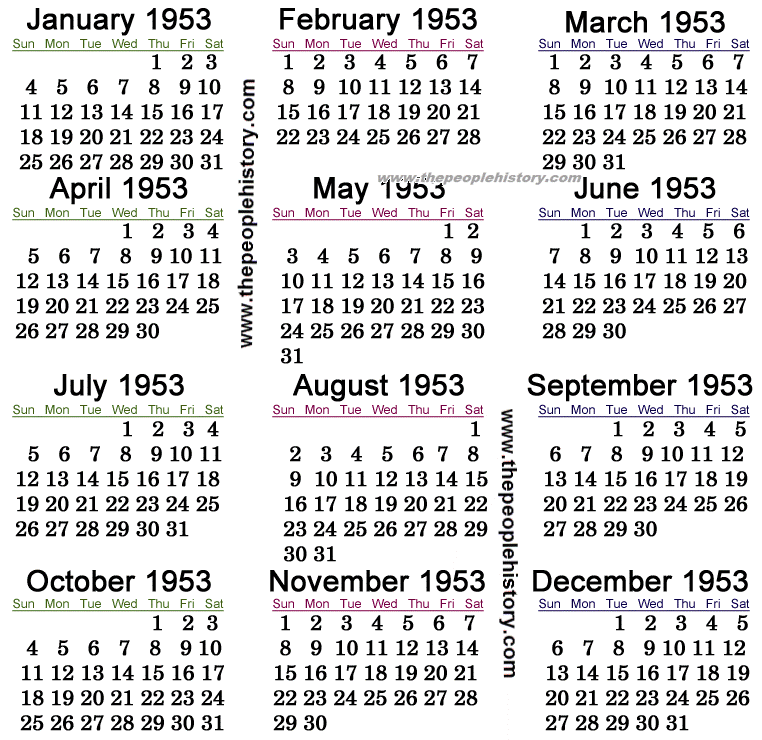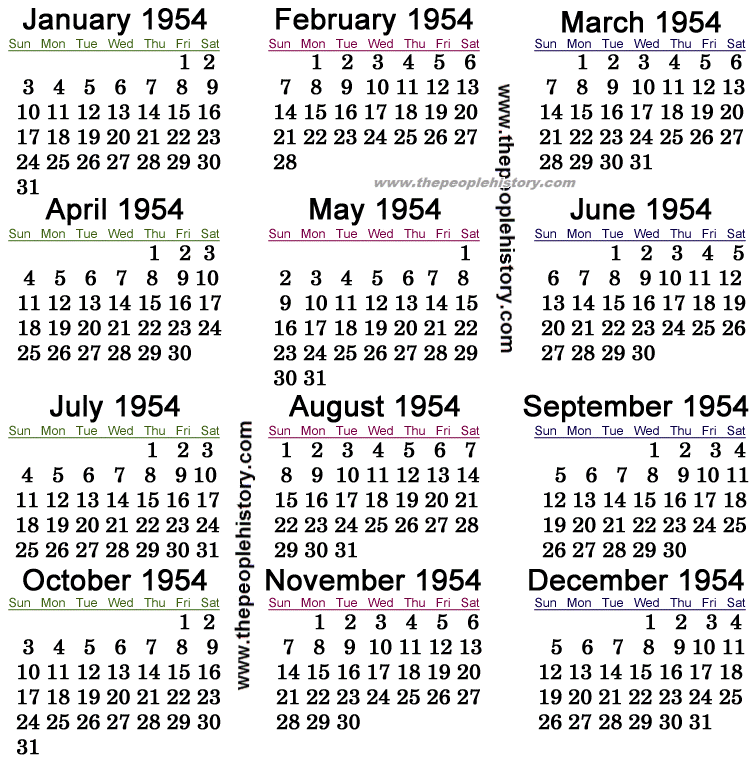

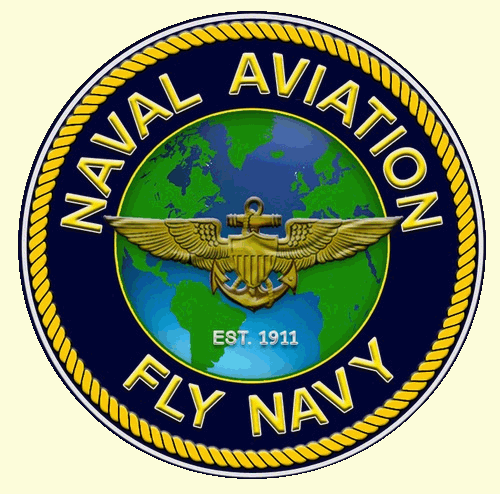
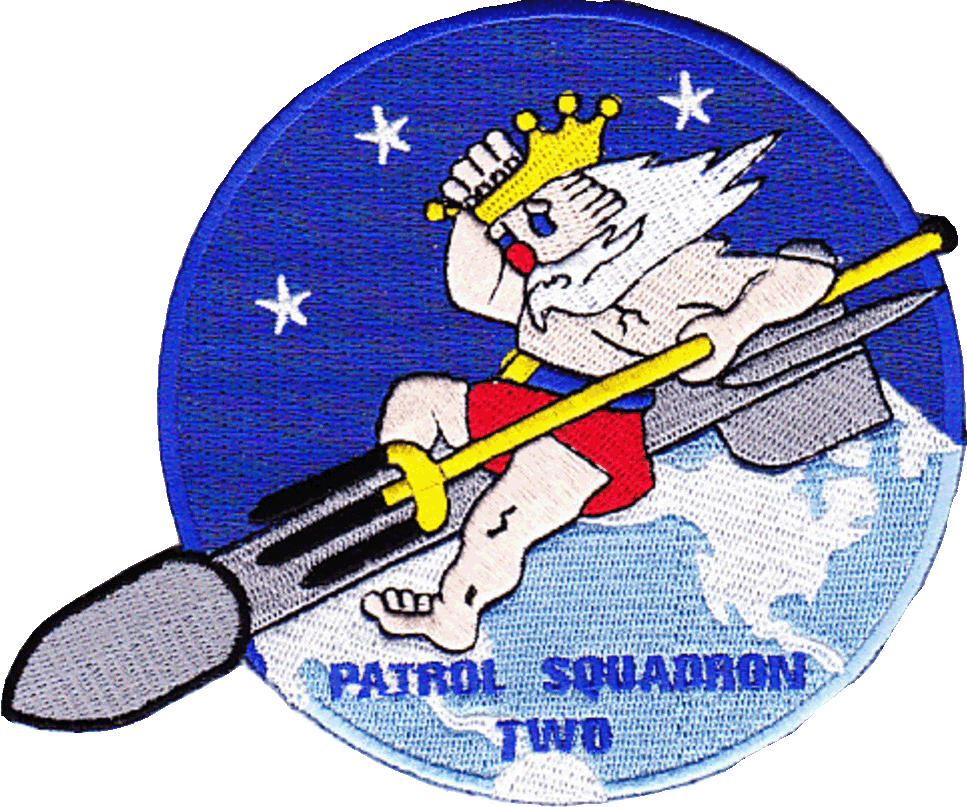

 VP-2
VP-2 
 NAVY
NAVY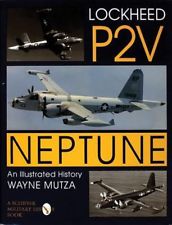
The Definitive Book
Printed in China
“My desire to tap that legacy was fueled by
a penchant for accuracy and detail, while obscure
Neptune operations (which the government chooses
to keep classified) necessitated a cautious approach.”
"To those who flew and maintained the Neptune ---
and their fallen comrades ---
this book is respectfully dedicated."
Wayne Mutza
Hundreds of Neptunes served during the Korean, Cold, and Vietnam Wars.
A total of Nine were shotdown.
All were “Gun Ships.”
| 16 | Aug | 1950: | VP-6 | P2V-3 | North Korea/Ditched | 0 | Deaths |
| 6 | Nov | 1951: | VP-6 | P2V-3 | Russian Coast | 10 | MIA |
| 18 | Jan | 1953: | VP-22 | P2V-5 | Coast of China/Ditched | 6 | Deaths |
| 4 | Jan | 1954: | VP-2 | P2V-5 | Yellow Sea/Central Korea | 10 | Deaths |
| 4 | Sept | 1954: | VP-19 | P2V-5 | Russian Coast/Ditched | 1 | Death |
| 22 | June | 1955: | VP-9 | P2V-5 | Russian Coast/Crash Landing | 0 | Deaths |
| 27 | Navy Crewmen KIA/MIA |
1967-68 US Navy Observation squadron VO-67 lost three OP-2E Neptune Aircraft to ground fire
during its secret missions into Laos and Vietnam.
NOT INCLUDED ARE THE CIA’s “SECRET SEVEN” NEPTUNES FLOWN BY ROCAF
"No Survivors" is a familiar fate of CIA missions that crash for any reason.
1957-1966 The P2V-7U/RB-69A flew with ROCAF/Taiwan Black Bat Squadron over China from 1957 to November 1966. All five original aircraft (two crashed in South Korea, three shot down over China) were lost with all hands on board.
www.spyflight.co.uk
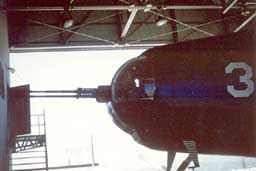

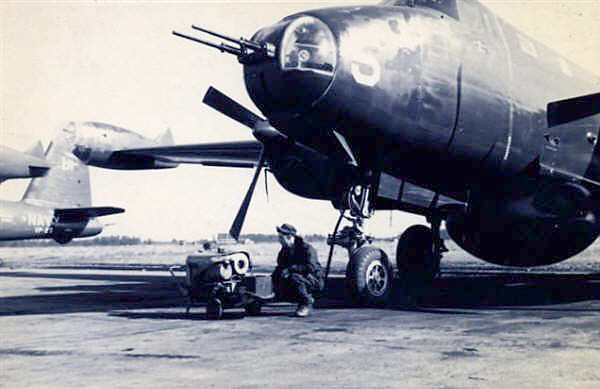
Emerson Ball Turret Twin 20 mm Cannon
After 1 Aug 1951 the Neptune’s roll as an ATTACK SHIP ended and became one of Aerial Reconnaissance requiring a bow weapon which could track attacking aircraft. For air combat the Emerson Ball turret twin 20 mm cannon was chosen to replace the 6 fixed cannon for the new 1952 line of P2V-5s being manufactured Lockheed. The new “Gun Ship” configuration was short lived. After 1954 the “GunShip” began to be phased out by replacing the Emerson ball cannon with an observation nose and the aft 20 mm cannon replaced with the now familiar Magnetic Anomaly Detector known as MAD. The detection of the new quite nuclear power submarines created all new problems for future Navy ASW forces. All acknowledged hostile attacks which occurred to Navy Neptunes lost to hostile fire occurred to the “Gun Ship” version.
P2V-5 recognition cards issued November 1952
Click to enlarge.
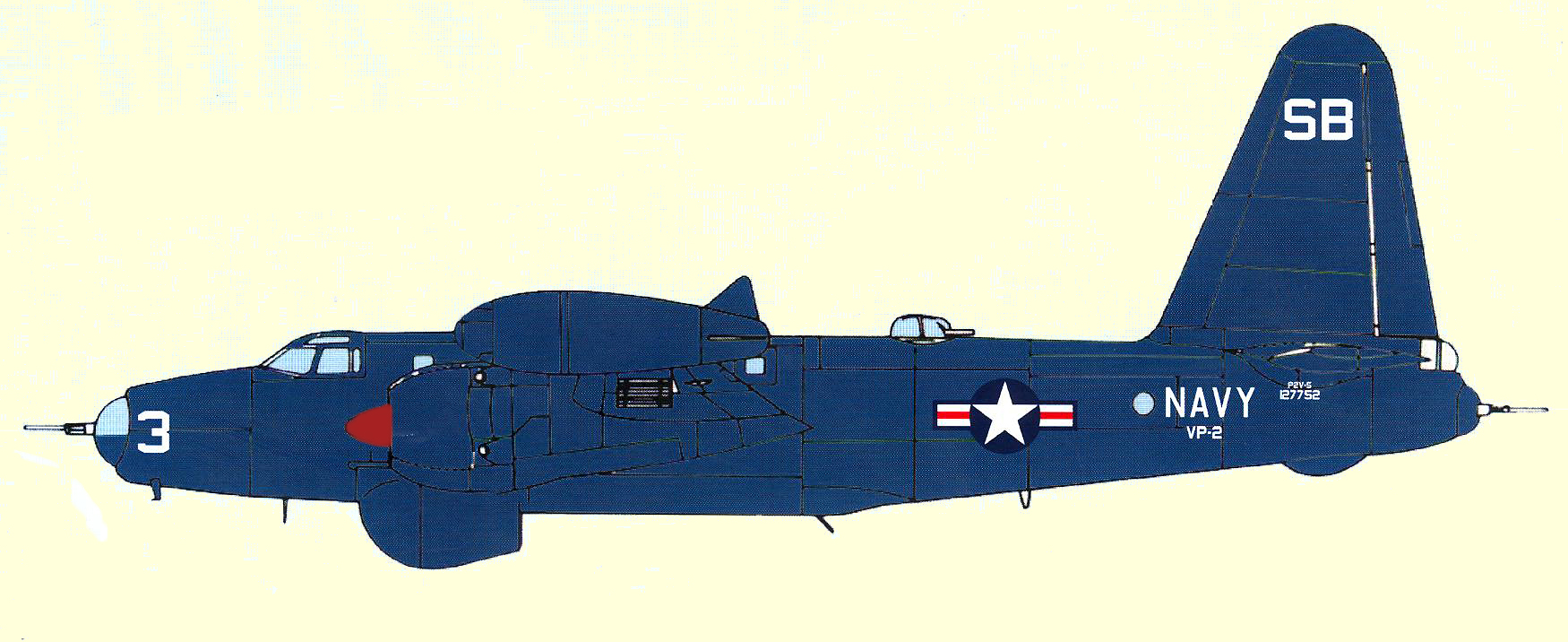
A 1/72 scale plastic model kit can be built of 3 Cape Cod using: Hasegawa P2V-7 model kit ( Found on Ebay) LOCKHEED NEPTUNE P2V-5/MR.1 CONVERSION (72) kit from Blackbird Models to convert to an early 1952 Lockheed P2V-5 gun ship and BMD72041 decal sheet also from Blackbird Models to represent VP-2 squadron’s 3 Cape Cod BuNo.127752 Painted over all in Glossy Sea Blue with red spinners Blackbird Models 52 Holdings Road Sheffield S2 2RE South Yorkshire England Website: www.blackbirdmodels.co.uk Email: blackbirdmodels@aol.com Telephone: 01142761587 |
--- President John F. Kennedy
"Dear Mr. Beasley,
Please be advised that due to a paper reduction policy initiated by the Navy, all Command History Reporting requirements were waived between December 1952-June 1957, so that additional records are not available for this time period.
Thank you for your continued interest in Naval Aviation.
Sincerely,
Naval Aviation History Branch"
While VP-2 Squadron historical detail is provided before 1952 and after 1954 it is woefully lacking in historical information for the “Korean/Cold War” period of 1952 thru 1954. This omission creates the impression it was an uneventful period in VP-2 Squadron’s History. On the contrary, it was far from it. For example; during their 1954 Iwakuni deployment, the Squadron suffered more hostile attacks than at any other time in its 22 year existance. This has gone largely unreported. In its entirety the Sqaudron lost 3 Neptunes resulting in 23 deaths.
15 June 1951-Alaska, landing mishap: Deaths 1
4 Jan 1954-Korea, A Hostile attack then Friendly Fire: Deaths 10
27 Nov 1964-Alaska, Flight-into-terrain mishap: Deaths 12
The focus of this historical account endeavours to provide a broader perspective of historical events of VP-2 Squadron’s involvement during the period my Father, Navy Lt. Jesse Beasley, was attached to the Squadron. He did not return home from his mission of the Yellow Sea and his valour and honor forfeited---Secrecy for National Security reasons cited in an attempt to make his death seem less immoral, or even justified. Misconduct went unpunished, justice prevented and careers were protected. But, none the less, misconduct went unpunished, justice prevented and careers were protected. Therefore, when my Father was involved in VP-2 operations, I unapologetically so mention. Not only was the “Korean/Cold War” of 1952-1954 an eventful period in VP-2 Squadron’s history it was an eventful time of political upheaval in American History as the transition of control of government shifts dramatically.
I was fortunate to have the opportunity to sit with some of these retired navy men, listening to their stories, compiling their information and answering my questions. Men who truly proved to be men of honor; men of integrity. My greatest regret was not knowing what questions to ask at the time. I had no thought of a conspiracy and was seeking simple answers to what proved to be an immensely secretive and complex event involving premeditated --- reprehensibly cruel and barbaric executions of flight crews with devices effectively employed, presumably by the CIA, to prevent capture and embarrassment to the Eisenhower administration. Their contributions would prove invaluable in understanding government obfuscation and personal smears I would encounter. Now most have “Gone West” and can never answer my unanswered questions. This information is also gathered from Emails, letters, official reports, government documents, correspondence with government agencies, telephone calls and pilot log book entries and also includes a few of my own personal memories as a Navy “Brat” at Whidbey.

First Lockheed P2V-5 Neptune
BuNo 124865 Accepted 1951
“Gun Ship”
The P2V-5 would become the most produced
variant of the Neptune line with 424 built.
The last P2V-5 BuNo 131543 accepted 1954
Between 1952 and 1954 83 P2V-6 “Long Nose” Neptunes built.
Neptune production ended with 286 P2V-7s built.
First flown 1945-Last Naval reserve retired 1978
The Lockheed P2V Neptune had one of the longest
production runs in US history with a total of 1181 built.
Called the P2V Neptune until 1962 thereafter the SP2 Neptune.
After WW II, continuing through the 1950’s, the Navy’s air Anti-Submarine Warfare forces technology gap rapidly widened by advancing capabilities of submarines. With the advent of the WW II development of the German submarine snorkel, which allowed diesel submarines to charge their batteries without surfacing, further diminished the ability of Navy air ASW forces to locate submarines by visually siting and with radar. The introduction of quiet nuclear power into modern submarines created all new problems for future Navy ASW forces. The P2V-5 was soon being reconfigured from a Gun Ship by replacing the forward and aft 20 mm cannon with an observation nose and MAD (Magnetic Anomaly Detector) tail.
Patrol Squadron VP-2, April 1951
James Hand collection submitted by his daughter
Susan Hansen
Jim is front row-4th from left “white hats”
He joined VP-2 Squadron 1 Jan 1950.
KIA Korea 4 Jan 1954
(NAS = Navy Air Station)
WIKIPEDIA NAVY TAIL CODES
https://en.wikipedia.org/wiki/U.S._Navy_and_U.S._Marine_Corps_Aircraft_Tail_Codes
After WWII operations slowed and NAS Whidbey was placed on reduced operating status. Many NAS across the United States were closed because they could no longer meet the requirements of post-war naval aviation; 6,000-foot runways were now the minimum standard and approach paths had to be suitable for radar-controlled approaches in any weather. The Korean War restored NAS Whidbey to life and expansion and construction accelerated.
At the beginning of the Korean War, Pacific Fleet VP squadrons were equipped with three heavily armed aircraft types. Martin PBM-5/5S/5S2 Mariners were the only flying boats in active patrol squadrons Seaplanes were increasingly being displaced by land-based patrol bombers, such as the four-engine Consolidated Privateer P4Y-2/2S/2B, a holdover from WW II; and versions of the new twin-engine Lockheed Neptune P2V-3/4/5. Land-based patrol planes saw greater use than flying boats in the Korean War, proving to be more efficient. In Korea, land-based patrol planes flew 12 sorties for every 9 flown by flying boats.
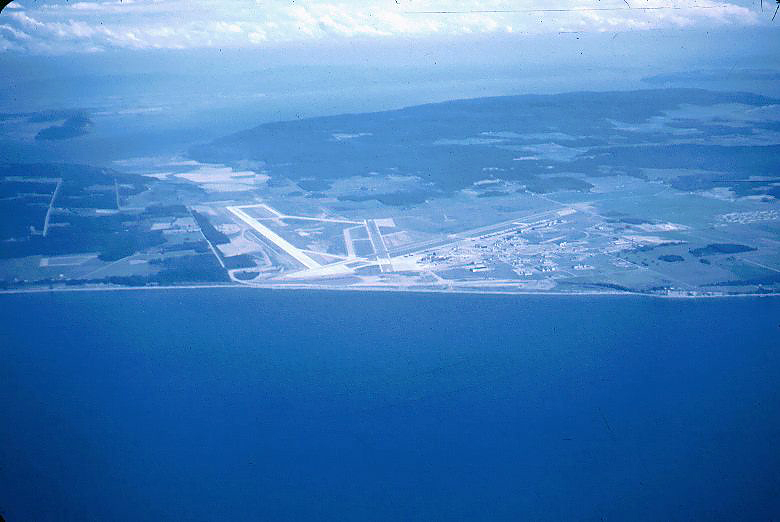
Marion E. Sparr Collection
NAS Whidbey Island 1953
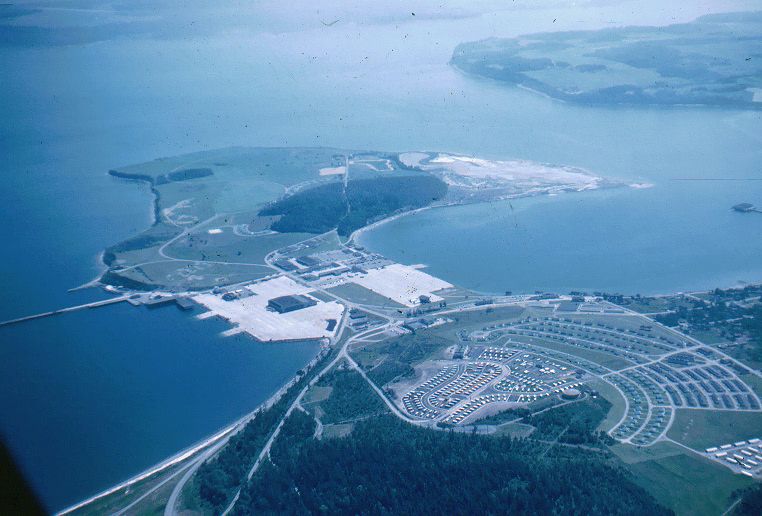 Marion E. Sparr Collection
Marion E. Sparr Collection
OAK HARBOR
NAS Whidbey Sea Plane Base 1953
Squadrons based at NAS Whidbey 1953
VP-1 Fleets Finest
VP-2 Neptunes
VP-4 Skinny Dragons
VP-17 White Lightning
VP-29
VP-57 Flying Eagles
Fleet Aircraft Service Squadron 112
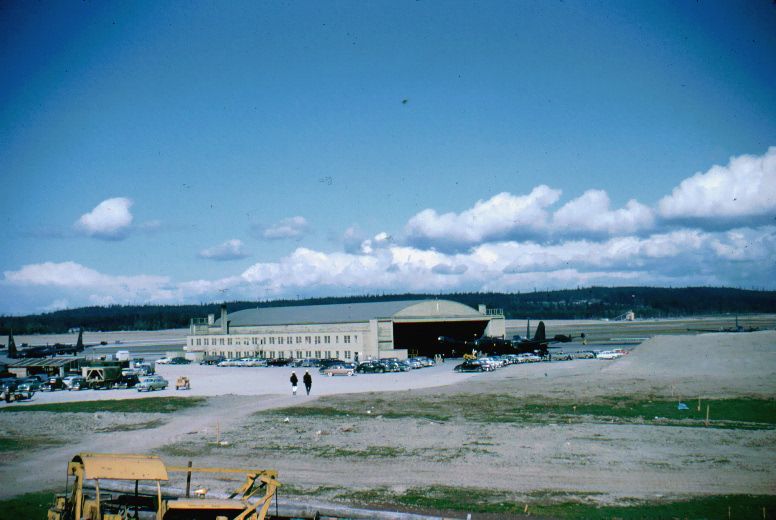
Marion E. Sparr Collection
Hangar #1
NAS Whidbey Island 1953
Ken Price, VP-2 1952-1954 ---
“I was assigned to FASRON 112 for a couple of months just before discharge. In recalling the number of planes parked on the Ramp, there were only about two squadrons there at any one time and I assume one deployed. VP-2 had twelve aircraft and I assume other squadrons had the same. There were three hangers so two squadrons and the FASRON would have occupied the hangers. Each hanger could only hold two P2V's pulled into it sideways on rail tracks and dollies for the main gear and about twelve Guys in the aircraft tail to raise the nose off the ground so it could move sideways. Once inside, the aircraft was positioned so the vertical fin would fit between the hanger ceiling cross supports as the Guys exited from the tail. The hangers were wood construction and I think were World War II and not made for an aircraft that size.”
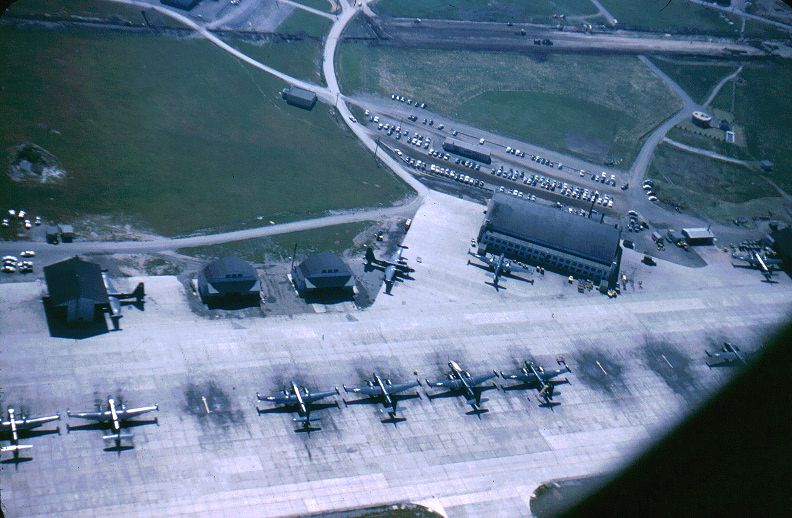
Marion E. Sparr Collection
Hangar #4 (still in operation)
NAS Whidbey Island Ault Fld 1953
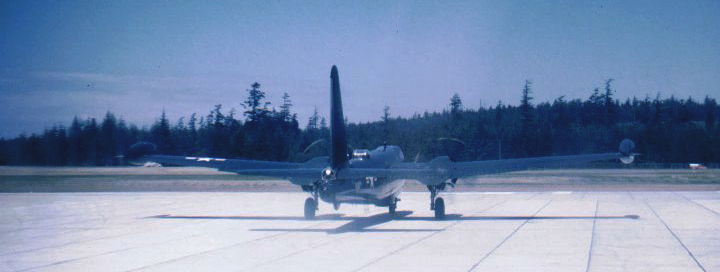
Marion E. Sparr Collection
P2V Neptune awaiting takeoff clearance
Ault Field NAS Whidbey Island 1953
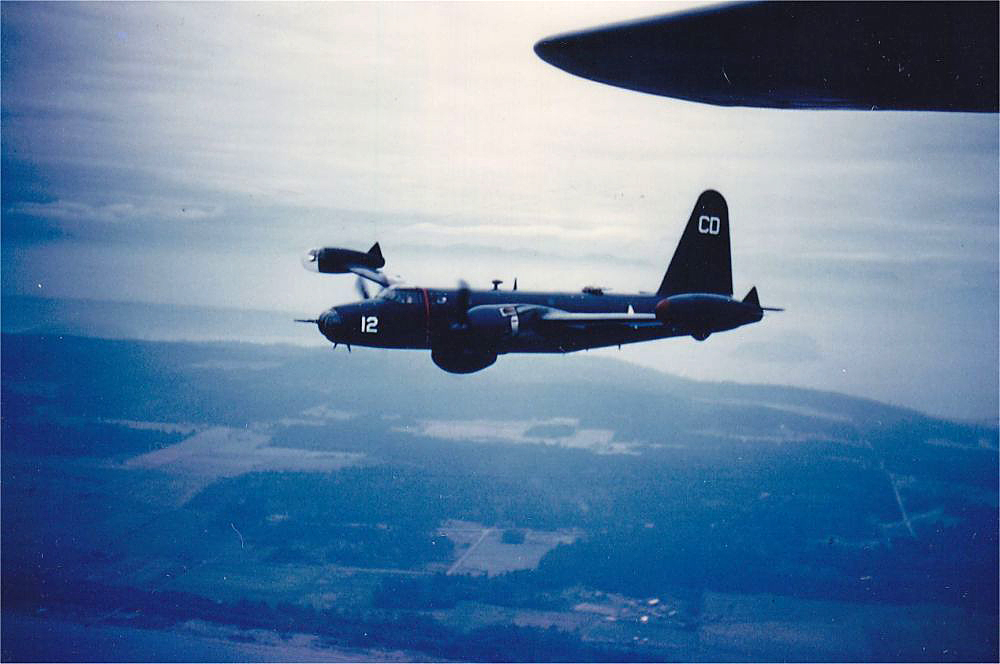
Marion E. Sparr Collection
VP-1 over Whidbey 1954

Marion E. Sparr Collection
Runway 32
Ault Field NAS Whidbey Island 1953
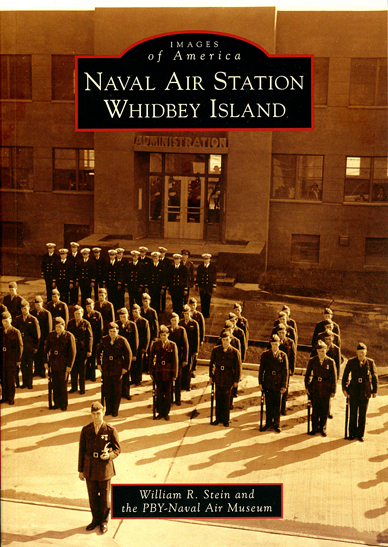
IMAGES OF AMERICA
NAVAL AIR STATION WHIDBEY ISLAND
Order a copy at Ships Store : http://pbymf.org/gift-shop/
The Creed hung on a wall of our various navy homes while my father lived-
Thereafter as a child it hung on my bedroom wall.
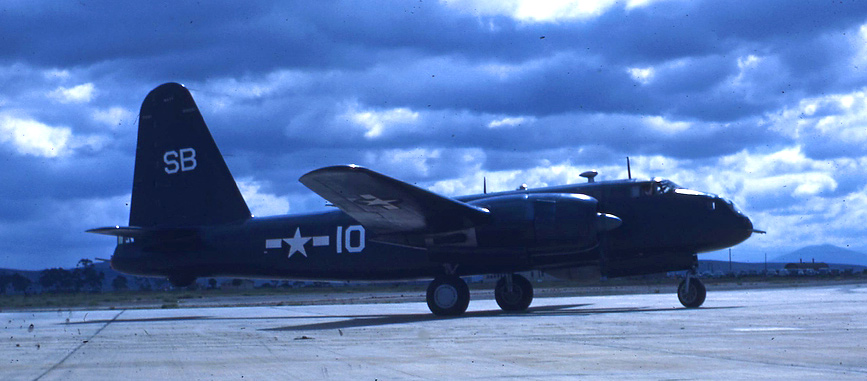
March 1947: VP-ML-2 based NAS Marimar began receiving the rest of its complement
of P2V-1 Neptunes from Lockheed Aircraft Company, Burbank, Calif.
These replacements for the PV-2 Harpoons marked the beginning
of an intense period of training for all squadron personnel in antisubmarine warfare.
Click on photos to enlarge.
P2V-2 of VP-ML-2 Squadron based NAS Marimar, San Diego-Circa 1948/51
North Island Runway visible left photo.
"UNOFFICIAL"
Neither Sanctioned nor Authorized by VP-2 Squadron.
1952: Kelly Johnson - (Born 2/27/10 Died 12/29/90)appointed chief engineer of Lockheed’s Burbank California, plant.
Kelly Johnson had a rule that he passed on by word of mouth. According to the book "Skunk Works" the rule was:
"Starve before doing business with the damned Navy. They don't know what the hell they want and will drive you up a wall before they break either your heart or a more exposed part of your anatomy."

Jesse Beasley Lt. USN
Feb 1952: Lt. Jesse Beasley attached to VP-2 Squadron --- VP-2 Squadron Commander: CDR Mervin J. Berg Oct 1951/Dec 1952
4 March 1952: Lt Jesse Beasley begins transitioning to P2V Neptunes.
11 May 1952: A VP-42 PBM Mariner was damaged by a MiG-15 fighter over the Yellow Sea.
12 May 1952: Lt. Beasley designated Patrol Plane Commander in P2V type aircraft.
27 May 1952: Lt. Beasley qualifies “SPECIAL” Instrument Card

P2V-4 BuNo 124245 Naha Okanawa 1951
May 1952: Lt Jesse Beasley completed 7 flights and logged 22 Flight Hours at Whidbey NAS in BuNo124245
April through June 1952: Recently declassified operations; one P2V crew amazingly survived a series of eight overflights of the Soviet Union's Kamchatka peninsula. A VP-931 (later VP-57) P2V-3W--modified with special electronic intelligence equipment in its nose and flown by a hand picked crew--flew in radio silence over the peninsula at 15,000 feet in search of military installations. When military sites were detected, an Air Force RB-50 flying above and behind the P2V photographed the sites. The snoopers were intercepted on two missions by Soviet MiG fighters but apparently never were fired upon.
31 July 1952: A VP-731 PBM5-S2 Mariner BuNo 59277 SF-5 out of Iwakuni was seriously damaged over the Yellow Sea 50 miles south-east of Port Arthur while on a “Fox Blue” patrol. Gunfire from 2 Chinese MiG-15s killed two crewmen and injured two others but the Mariner made it to the island radar station of Paegyong-do Korea . The Patrol was flown by PPC Lt. Ernest Elson Bartlett, Jr., PP1P Lt.John Paul Finly, PP2P Lt. Jg Richard Elmer Sander.
Click for a larger images.
1952 Whidbey Airshow: Reminiscing by Charles Beasley- When I see a large cargo plane, it reminds me of my Whidbey airshow experience. My Father took me on a tour of the flight-line of all the different aircraft on display but I recall only one of the many. When we came to the mammoth Douglas C-124 Globemaster, we went up the nose ramp into the belly- huge! Daddy invited me to climb the ladder to the cockpit, which I did. We stayed a while talking to the crew and getting to observe how large and complex the flight deck was. But, when it came time to descend the ladder, one look down the ladder-- Oh my gosh! I balked. No amount of coaxing would move me. He had to carry me down the ladder squalling because I had become terrified of the height from the flight deck to the lower deck.
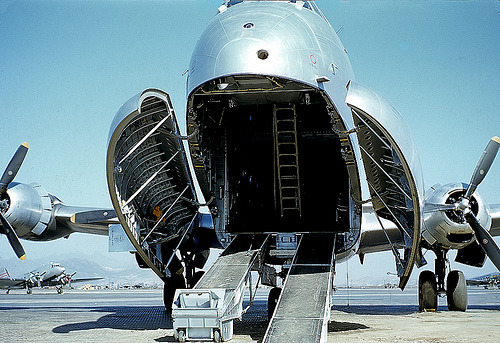
15 Aug- 23 Nov 1952: While operating from Naval Air Station Kwajalein in the Pacific’s Marshal Islands. VP-2 Squadron operating P2V-4 Neptunes participated in the 1 Nov 1952 OPERATION IVY at Eniwetok Atoll patroling for Russian submarines and shipping attempting to observe tests. The first Hydogen Bomb blast, MIKE, yielding 10.4 megatons (10,400,000 tons TNT). That is 20 times greater than the second Atomic bomb blast, KING which yielded 500 kilotons (500,000 tons TNT) Vp-2 Squadron pilots witnessing the blast were instructed to fly at 10,000 feet, wear government furnished protective eye lenses, not look directly at the initial detonation, and just before H-hour to turn their aircraft 180 degrees in the opposite direction of the blast site.
They reported the Hydrogen blast as being much larger that the Atomic blast.
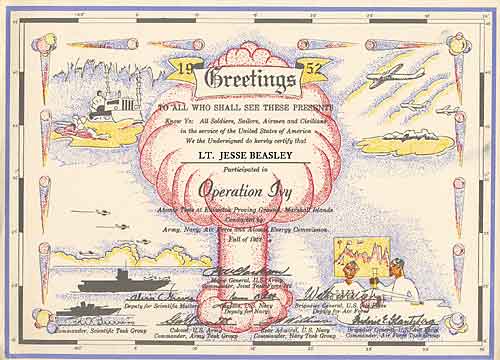
Returning from Operation Ivy, my Father
brought me a 18” model of the Chris-Craft Cobra
speed boat. The battery powered model was hand
made by Japanese craftsmen in Japan and
purchased at the Kwajalein NAS commissary.

Chris-Craft Cobra built 1948-1954
22 Nov 1952: A Douglas C-124 Globemaster II crashed into Mount Gannett, about 55 miles east of Anchorage, Alaska, during severe weather en route from McChord Air Force Base in Tacoma, Washington, to Elmendorf. All 52 people on the plane — the pilots and crew, and soldiers, airmen, one seaman and one Marine — died. Thirty-seven of 52 passengers have been identified, leaving 15 unaccounted. Recovery of the accident victims is on going as of October 2018.
News Article
Click here.

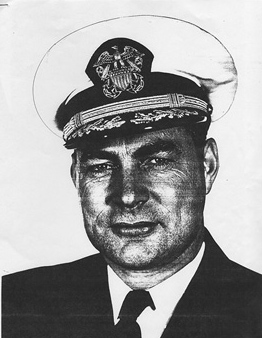
CDR Cordie Weart
Commanding VP-2 squadron
Dec 1952/Oct 1954
6 Dec 1952: CDR H. Cordie Weart assumes command of VP-2 Squadron. Dec 1952/Oct 1954
1953: US Population: 160.2 million (2018 US Population doubled to 326.8 million)
Yearly Inflation Rate 0.82%
Average wages per year $4,000.00
Average Cost of new house $9.550.00
Average Cost of a new car $1,650.00
Cost of a gallon of Gas 20 cents
VP-4 Squadron’s P2V-5 “Gun Ships”
Click for a large image.
Jan 1953: VP-4 Squadron returned to their home base NAS Whidbey Island, having turned in its P2V-2s and receiving P2V-5s ” Gun Ship” configured Neptunes in February. VP-4 remained in NAS Whidbey Island until November of 1953, and was then transferred to Kadena AFB and subsequently to Naha NAS, Okinawa, where the squadron flew shipping patrols in the vicinity of Taiwan. The squadron returned to Whidbey in mid 1954.
8 Jan 1953 -7 April 1953: VP-2 Squadron deployed to Kodiak, Alaska flying P2V-4/3 Neptunes. Lt. Jesse Beasley conducted 12 patrol flights from Kodiak to Adak. A number of patrols were conducted across the Bering Sea and along the Russian coast. Some intercepted by Russian fighters. No attacks reported by VP-2 Squadron. Other Air Force aircraft, also operating out of Alaska during this period, did report Attacks:
15 March 1953: A US Air Force WB-50 Superfortress reconnaissance plane of the 38th Strategic Reconnaissance Squadron, 55th Strategic Reconnaissance Wing was attacked by a pair of Soviet MiG-15 Fagots approximately 25 miles off the Kamchatka Peninsula, near Petropavlovsk. The WB-50 based at Forbes Air Force Base, Kansas, was temporarily operating from Eielson Air Force Base, Alaska, while assigned to the 15th WRS. After escorting the WB-50 for a short time, one Soviet pilot opened fire on the WB-50. WB-50 gunner Jesse Prim returned fire and the MiG pilot quickly broke off his attack and returned to his base.
22 March 1953: A US Air Force B-50 was attacked by Soviet MiG-15 Fagots.
15 May 1953: Soviet MiG-15 opened fire on US Air Force WB-29 Superfortress off Kamchatka
Peninsula. The WB-29's gunners returned fire. There were no casualties.
18 Jan 1953: A VP-22 Squadron P2V-5 Neptune BuNo 127744 was shot down by Chinese shore batteries. The shoot down and rescue became an international incident. The coming Eisenhower administration would silence future shoot downs of Navy reconnaissance aircraft with death for the crew and disavowal that they were ever there. Losses during this time included a VP-50 PBM-5 Mariner 10 Nov 1953 and a VP-2 Squadron P2V-5 Neptune 4 Jan 1954. Both aircraft Abandoned Under Fire and their families provided cover stories meant to conceal true events.
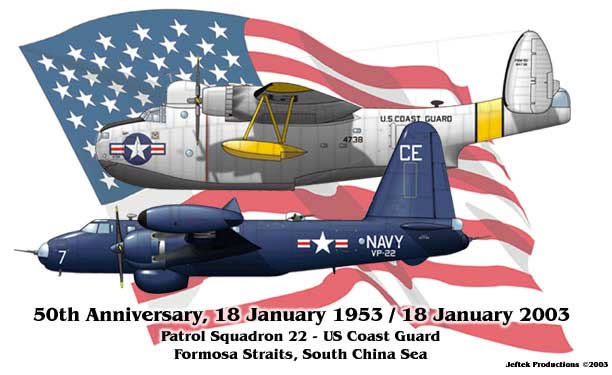
VP-22 Squadron -US Coast Guard
"Plausible Deniability"
Click above for definition.
The expression "plausibly deniable" was first used publicly by Central Intelligence Agency (CIA) director Allen Dulles.
20 Jan 1953: The first inauguration of Dwight D. Eisenhower as President of the United State and Commander-in-Chief of the Armed Forces.
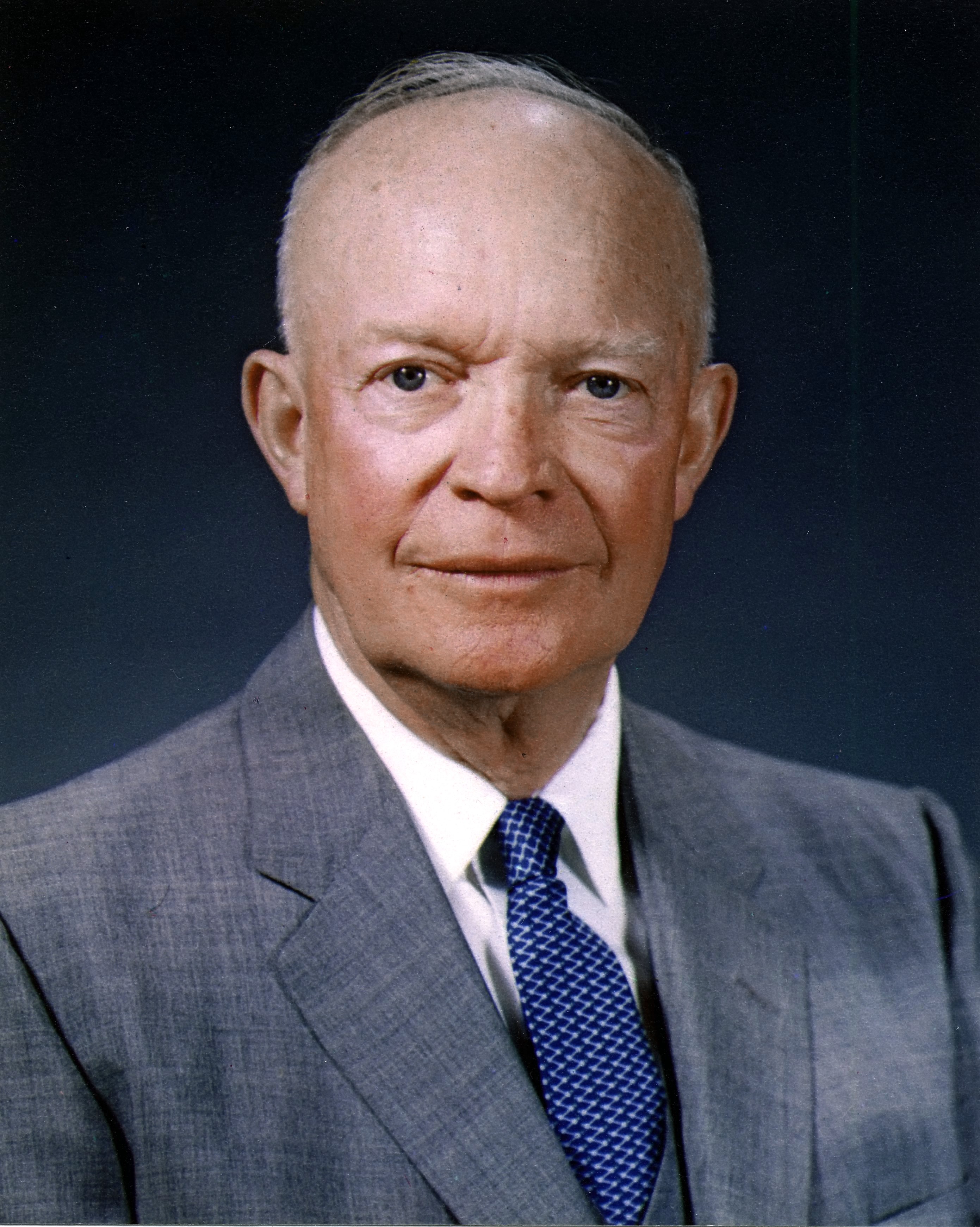
President Dwight David Eisenhower
Commander-in-Chief
My recollection of that day- C. Beasley: My class was assembled and marched from Clover Valley grade school up the hill to the Navy Officer’s Club to watch President Eisenhower take the Oath-of-Office. The television was large and mounted over the bar. This was the same class in which I first recall being trained in “Duck and Cover Drills”. If we saw a bright-flash-of-light we were to dive under our desks and cover our heads.
26 Jan 1953: John Foster Dulles appointed Secretary of State and his brother Allen Welsh Dulles appointed Director of the Central Intelligence Agency (CIA). Allen would become the first civilian Director and its longest serving. He transformed the CIA into the most powerful and secretive colossus in Washington. The CIA secrets permitted Constitutional and military laws, both foreign and domestic, to be circumvented to the detriment of the victims and their families. The Dulles brothers’ Presidential appointments would usher in great military industrial expansion and broadening of the Cold War and waning Presidential power. Their participation, but not their influence, culminated almost 8 years later with John’s death and Allen fired by, soon to be assassinated, President John F. Kennedy.
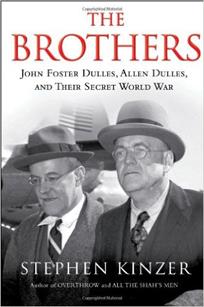
The Dulles Brothers Biography
"The purpose of government is to administer justice and prevent the aggressions of the powerful upon the weak."
28 Jan 1953: A VP-2 Squadron Neptune P2V-4 BuNo 124246 (Lt. Jesse Beasley PPC) While on patrol suffered a port engine failure 3.5 hours after departing Kodiak, Alaska for Adak, Alaska. After jettisoning all equipment possible, the flight continued single engine for 1.5 hours to a safe landing at destinaton Adak where the engine was changed.
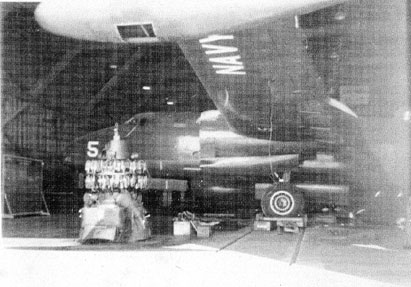
James Hand collection. No date or location of this photo provided.
2 Feb 1953: A P2V-4 Neptune from VP-2 Squadron departs Adak for a one day patrol but returns early around noon due to a crewmember breaking down under the mission’s pressure requiring him to be restrained. He was evacuated to Whidbey.

Patrol Plane Commander
Lt. Jesse Beasley USN
Returns from the Russian Periphery
The P2V-4 Neptune had 6 fixed bow 20 mm cannon for shipping and ground attack.
Click here for video.
9 Feb 1953: Letter from Adak, Alaska.
"Hi Darling, Thursday Night
Our patrols last for three days at a time. We will have about three of them a month. I certainly don't look forward to them cause flying conditions are absolutely terrible. I have a one day patrol in the morning which takes us across the Bering Strait and then around the Russian coast line as far as we can go.
Love, Bud"
Note: A mission requiring the Neptune to stay airborne as long as safely possible was described as a “PLE” flight. (Fly to the Prudent Limit of Endurance)
Note: The three day patrol consisted of a patrol from Kodiak to Adak and remain over night. Next day depart Adak for a patrol of the Bering Sea and Russian coast line, returning to Adak to remain over night before returning on patrol to Kodiak the next day.
10 Feb 1953: The VP-2 Squadron P2V-4 Neptune BuNo 124250 (Lt. Jesse Beasley PPC), returning from from a patrol from Adak to Kodiak made a GCA instrument approach to weather minimums. Reported weather was ceiling 200 feet, 2 miles visibility, 18 knot right quartering head wind. After landing skidded off the iced runway with damage to the nose and nose gear. Landing gear secured down and “Ferried” to NAS Whidbey Island for repairs.
Accident Report: No Flying regulations violated. Before landing Tower reported: Breaking action fair to poor. Pilot reported: After touch down the Neptune proceeded straight down the runway for 3500 feet. Reverse pitch slowed the aircraft but applying the brakes had no effect. The rudder had some control in keeping the plane straight but useless in stopping the skid before departing the runway to the right.

VP-2 Squadron SB5 P2V-4 BuNo. 124250 Cockpit
My Father's Office in 1953

VP-2 Squadron SB5 P2V-4 BuNo. 124250

VP-2 Squadron SB5 P2V-4 BuNo. 124250
7 April 1953: My recollection of The Returning Squadron-C. Beasley. I recall my most impressed moment at Whidbey.
It was 7 April 1953. The day VP-2 Squadron returned from Kodiak Island, Alaska ending their 3 months deployment. At the time, we Lived in a neighborhood named “Victory Housing” in Oak Harbor. Our home was on a hill a mere half mile from the Seaplane base. While living there, I recall listening to the seaplane engines occasionally being revved or the seaplanes taxing in and out of the ramp.
That day Mother gathered us up and took my sister and me 3 miles to Ault Field to welcome Daddy home. I was excited just to see my Dad -not expecting more- but more I would get. We stood on a concrete apron next to some runway and near a huge hanger, I think it stands today, when soon someone cried; “Here they come”! Mother pointed in the direction of the sea and I could make out a speck low on the horizon. The sound of some 36,000 raw, un-muffled throbbing horse power was beginning to be heard. Soon the speck on the horizon became a dark blob and the rumble grew ever louder. Then it became, not one but six maybe more, huge dark blue Neptunes each developing more than 6,000 hp . My minds eye recalls six, possibly there were more Neptunes, all in a tight V formation flying three abreast and very low-vereeee low. Daddy, Arch, Coleman, Bryan, Rusty, Walt and others I can’t recall were returning. On they came straight for me then passed, maybe a hundred feet overhead and making the most wonderful earth shaking, vibrating rumble I have ever heard in my entire life. Their massive round motors, four broad bladed propellers each side beating the air to produce the most wonderful combination of resonating engine throb ever created. Everything around me shook and vibrated, my whole being vibrated, it was awesome to this 7 year old- it would be even more so to this old man living in our smooth hissing jet age with its smelly, smoky burning kerosene. Then they broke away, each to land separately. That moment lasted but a few seconds but has never faded or been far away. Even now when I hear numbers of bikers riding their Harley Davidsons I am always reminded of that most powerful and impressive moment at Whidbey.
9 April 1953: VP-29 Squadron flying P2V-5 Neptune configured as “Gun Ships” return to NAS Whidbey Island from Atsugi, Japan after completing over 500 combat missions in Korea during a six-month deployment, averaging 40 missions per crew, 500 hours per crewman.

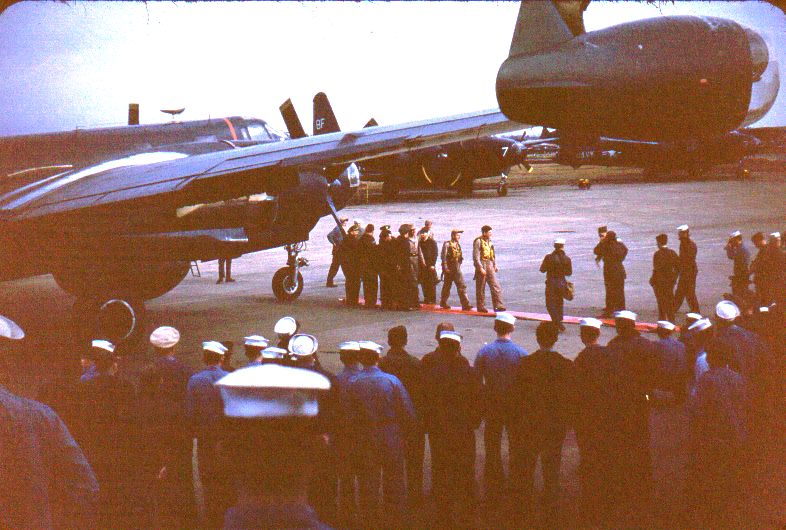 Click for larger size. Gene Wilson Collection
Click for larger size. Gene Wilson Collection
NAS Atsugi, Japan
VP-29 Gets Red Carpet for Relieving Squadron
VP-29 Returns to NAS Whidbey April 1953
Click for video.
29 April-7 May 1953: Volunteers from VP-2 Squadron, among them Lt. Jesse Beasley, LTJG Roy Meyers and ADC Robert Archbold- (Arch) ferried P2V-5 Neptune BuNo S115961, a new United Kingdom purchase, from Lockheed’s Burbank, California plant to, Prestwick, Scotland to be used for British maritime patrols. Stops in Williams AFB, AZ; Biggs AFB, TX; Dallas Love Field, TX; Sewart AFB, TN; Robbins AFB, GA; Quonset Point, RI; NAS Argentia, Newfoundland; across Atlantic 2,160 miles to destination Prestwick, Scotland. A total of 5,370 nm. On returning to Whidbey, my Father retained the Equipment List of the delivered P2V-5 which I found among his papers.
|
FLAMETHROWER
The flamethrower is a potent weapon inflicting a particularly horrific death.
Fuel-Gasoline & Oil mix |
All of the following components including a gravity switch, are found plumbed into the P2V-5 Neptune:
Fuel tanks containing 130 high octane gasoline.
Hydraulic oil reservoir tanks
High pressure aviator oxygen tanks.
Combustion heater with an igniter.
Heater outlet nozzles directed toward the crew.
6 one pound explosive destructors located in close proximity to the bombay auxiliary
350 gallon fuel tank.
(When empty, the vapors of the fuel tank offer a high explosive fuel-air bomb if detonated.)
Pilot’s Emergency check list- sequencing pre-emptive activation of aircraft
destroying devices if going down in enemy territory.
April thru May 1953: OPERATION LITTLE SWITCH
Repatriated 149 American sick and wounded POW’s
exchanged with North Korea and China.
https://en.wikipedia.org/wiki/Operation_Big_Switch

"The Fleets Finest"
VP-1 Squadron’s P2V-5 BuNo 124886
May 1953: VP-1 Squadron received the P2V-5 Neptunes May, 1953. The squadron was permanently assigned to NAS Whidbey Island, Washington, on 13 January 1948. During the Korean War, VP-1 made 4 deployments to Naha, Okinawa.
May 1953: Lt. Jesse Beasley placed in Command of training unit which was comprised of 8 aircraft and trained all pilots coming into the patrol squadrons located on the west coast.

P2V Pilot Training Syllabus

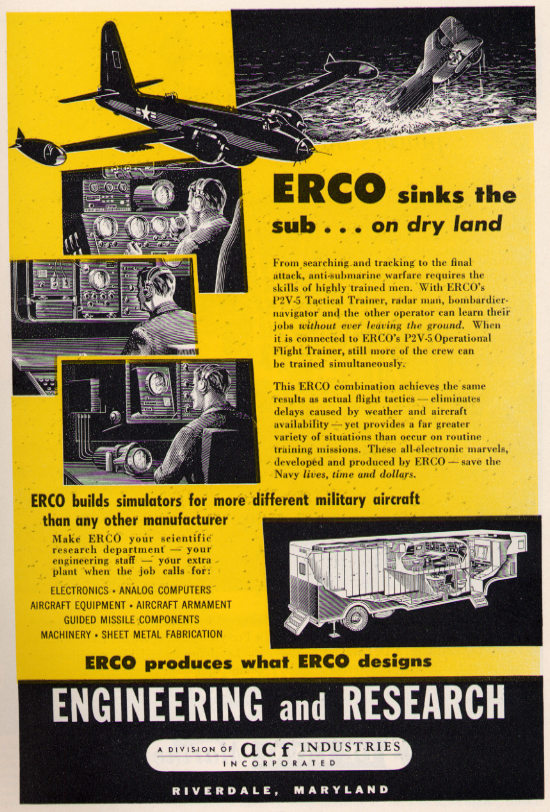
P2V-5 Tactical Trainer Ground Simulator
29 May 1953: Sir Edmund Hillary and Tenzing Norgay perform the first successful ascent to the summit of Mount Everest.
2 June 1953: Queen Elizabeth II coronation as monarch of the United Kingdom, Canada, Australia, New Zealand, South Africa, Pakistan and Ceylon.
18 & 19 June 1953: VP-1 Squadron P2V-5 Fired upon, in separate incidents, by surface ships in the Formosa Strait. No Damage inflicted.
19 June 1953: Julius and Ethel Rosenberg were executed by electric chair. They were convicted of espionage for transmitting nuclear weapon designs and providing thousands of classified reports to the Soviet Union from Emerson Radio, including a complete proximity fuse, an upgraded model of which was used to shoot down Gary Powers' U-2 which embarrassed President Eisenhower at the end of his 2nd term when on 1 May 1960, Powers unexpectedly survived the shootdown.
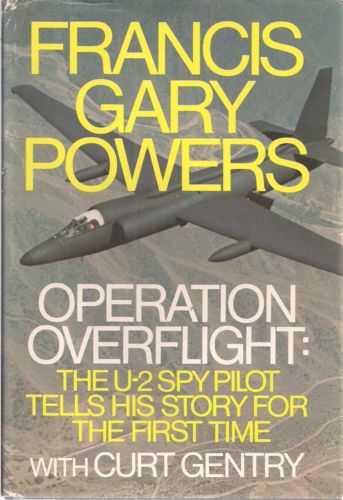
Well Written! Must Read!
8 July 1953: VP-1 Squadron P2V-5 Fired upon by Chinese antiaircraft artillary near Nantien, China. No damage inflicted.
21 July 1953: VP-1 Squadron P2V-5 Fired upon by Chinese antiaircraft artillary near Amoy Island in Formosa Strait. No Damage inflicted.
24 July 1953: VP-2 Squadron received P2V-5 Neptunes armed with twin 20mm cannon nose, 20 mm tail cannon and twin 50 caliber machine gun turret. This batch of Neptunes first served with VP-22 when on 18 Jan 1953 VP-22 Squadron lost a Neptune BuNo. 127744 shot down by Chinese shore batteries. This shoot down and valiant rescue was well covered by the world wide news media, becoming an International Incident. It would profoundly affect future Navy and Airforce rescue policies & procedures for the next year, culminating with VP-2 Squadron’s loss 4 Jan 1954 of Neptune BuNo. 127752 ( Lt. Jesse Beasley PPC).
29 July 1953: A VP-931 (later VP-57) P2V-3W crew performed a daring search and rescue flight over Vladivostok harbor for the crew of an RB-50 that was shot down by Soviet fighters. A U.S. destroyer rescued one of the crewmen.

My recollection of a demonstration of a Sikorsky H-5 water rescue- C. Beasley.
A scenario of a water rescue was demonstrated to my Clover Valley School class some time in the fall of 1953. The class was led outside to the front of the school building and assembled next to a fence enclosing a large grown up field of grass separating Ault Field Navy Air Base from the Clover Valley School. Soon a helicopter arrived by air from the base. It stopped and came to a hover before us. As the helicopter settled into a hover a crewman pitched a life raft into the field and he was soon sitting in it. The helicopter moved a distance away but then returned to demonstrate a water rescue. The crewman was lifted by a cable winch attached to the side of the helicopter.
These many years later I can still recall the sound of the Sikorsky H-5 engine laboring in its hover while the crewman was rescued in that grown-up sea of grass.
27 July 1953: Armistice ends the Korean War which began 25 June 1950. Both sides continue claiming the other guilty of dozens of attacks, shoot-downs, provocations and increasing their forces along with new equipment in violation of the Armistice. Since December 1953, some 400 guerrillas have been killed, captured or surrendered. South Korea declared in April 1954 the communists had violated the truce at least 40 times during the past 9 months.
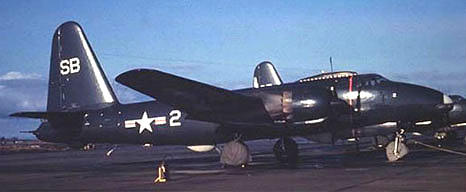
VP-2 Squadron’s p2v-2 Neptune BuNo 39318
July 1953: While Officer In Command of VP-2 Squadron’s Training Unit at Whidbey NAS, Lt Jesse Beasley completed five flights and logged a total of 15.8 hours as instructor pilot in BuNo 39318.
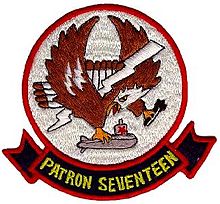

White Lightning VP-17 Squadron’s Long Nose P2V-6 “Gun Ship”
1 August 1953: VP-17 squadron returned from its Iwakuni deployment to a new home base at NAS Whidbey Island. Immediately upon return, the squadron turned in their P4Y-2/2S Privateers and
began conversion to the P2V-6 Neptune.
12 August 1953: Soviets test their own thermonuclear bomb yielding 400 kilotons. This helped to increase the tension between the USSR and United States during the Cold War. It greatly escalated the arms race between the two powers.

19 Aug 1953: Coup d'état - The CIA overthrows the democratically elected government of Iran, code named “Operation Ajax.”
Recently declassified CIA documents and records, some of the most feared mobsters in Tehran were hired by the CIA to stage pro-Shah riots on 19 August. Other CIA-paid men were brought into Tehran in buses and trucks, and took over the streets of the city. Mosaddegh was arrested, tried and convicted of treason by the Shah's military court. The CIA is quoted acknowledging the coup was carried out "under CIA direction" and "as an act of U.S. foreign policy, conceived and approved at the highest levels of government".
"https://en.wikipedia.org/wiki/1953_Iranian_coup_d%27%C3%A9tat"
Aug 1953: Coup d'état - The CIA operation to overthrow democratically elected government of Jacobo Árbenz, code-named “Operation PBSUCCESS”, was authorized by Eisenhower in August 1953 and carried out the next year 27 June 1954.
"https://en.wikipedia.org/wiki/Jacobo_%C3%81rbenz "
27 Oct 1953: During a Hunter/Killer exercise a VP-7 Squadron P2V-5 HE-4 BuNo 127764 Neptune which was serving prior to VP-2 Squadron relieving them at Iwakuni, successfully made a single engine ditching next to Task Group 96.7. As a result of this Mishap, important unsafe conditions and equipment were revealed which could affect future missions sent into Harm’s Way.
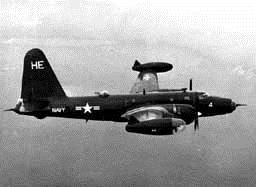
BuNo 127764 HE-4 of VP-7
Ditched 225 nm south east of Iwakuni and sank in 13000’of the South China Sea on 23 NOV 1953 with the loss of the copilot, LCDR Grant Essex 28 June 1953 – January 1954 the squadron redeployed to MCAS Iwakuni, Japan, under the command of FAW-6, for operations in support of United Nations action in Korea. The squadron was relieved by VP-2 and returned to NAS Quonset Point in January 1954.
From the Accident Report:
1.) “The tail section broke off just aft of the MK7 raft station and sank within 2 minutes and forty five seconds.”
2.) “The tail section was not completely severed on any of the impacts but finally broke loose just before it sank.”
3.) “The aft compartment of the MK7 life raft was punctured upon ejection.”
4.) “Although the Gibson-Girl was not used, upon recovery it was found to be unusable due to a leak in the face gasket.”
5.) The Pilot was pulled from the cockpit unconscious but the Co-pilot was not rescued and lost along with the Neptune.
“Dear Satch,”
“One of the other things that came out of this ditching. I had heard pilots were not surviving ditchings. In one case, a crew member of a ditched P2V had gone forward on top the fuselage and opened the hatch over one of the pilots. I don’t remember whether he was injured or dead. It was eventually found that the pilots were not surviving because of chest injuries. I am, by education, an aeronautical engineer. I looked further into the problem. It was determined that, because the geometry of the elevator location, it came into contact with water relatively early in the ditching causing an up elevator condition in reverse. The yoke was forced back and crushed the pilots chest. This became part of squadron policy but I don’t know whether it was disseminated throughout the fleet.”
Us Navy PPC and retired airline pilot Rick Harrick

Photo taken from USS Sicily (CVE-118)
10 Nov 1953: Serving on the 6 month patrol rotation of Iwakuni prior to VP-2 Squadron’s Jan 1954 arrival, were the Neptune landplanes of VP-7 Squadron and the Mariner PBM-5 seaplanes of VP-50 Squadron. No hostile encounters reported by VP-7 Squadron but VP-50 reported 4 hostile attacks and 1 Mariner reported “MISSING”. Making a total of 5 attacks suffered by VP-50 Squadron over the Yellow Sea area during the 6 month period prior to the arrival of VP-2 Squadron. The stage was set for more attacks and loss for VP-2 Squadron in the coming 1954 year.
NOTE: In 2005 the “MISSING” Mariner’s crew awarded the AIR MEDAL, COMBAT ACTION RIBBON, PURPLE HEART, KOREAN PRESIDENTIAL CITATION, KOREAN SERVICE MEDAL and KOREAN WAR SERVICE MEDAL . No acknowledged shoot down!
Land-based patrol planes saw greater use than flying boats in the Korean War, proving to be more efficient. In Korea, land-based patrol planes flew 12 sorties for every 9 flown by flying boats.

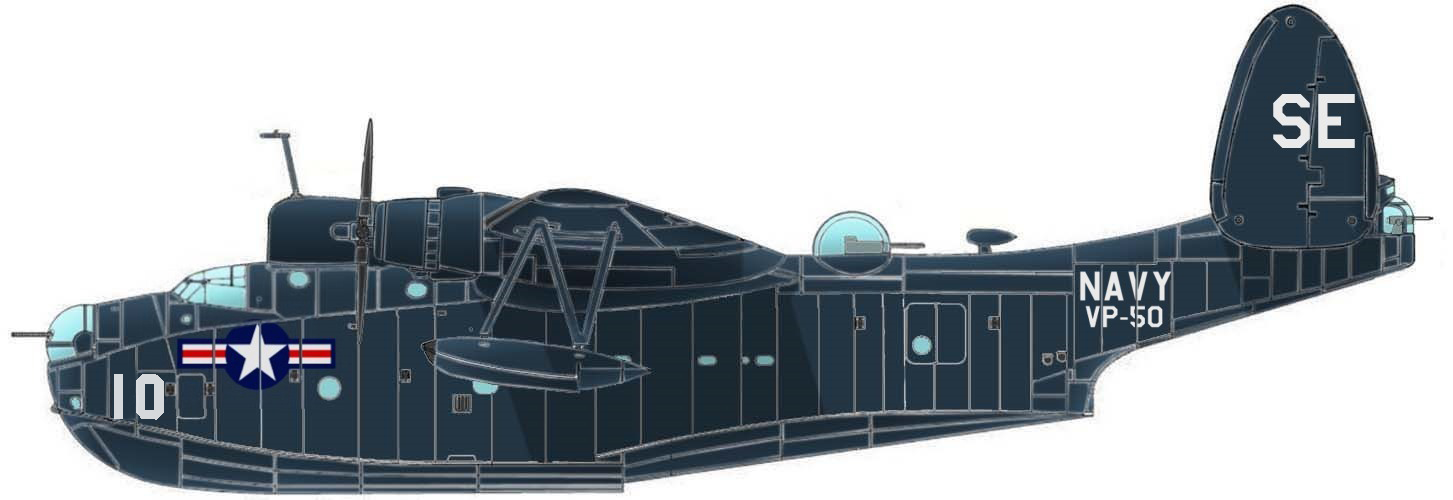
10 MADNESS
VP-50 PBM-5 Mariner disappears 10 Nov 1953
November 7, 1953 People's Republic of China PLAAF pilot Xicai Lin claimed
to have shot down a US Navy PBM-5A Mariner in Qingdao (Tsingtao, China).
1 Dec 1953: Lt. Jesse Beasley’s two year duty in VP-2 Squadron completed in December 1953. He was called back to VP-2 Squadron to be the Maintenance Officer. His duty time extended 6 months by CDR Weart to participate in the Iwakuni deployment and Killed In Action the first night.

PATROL SQUADRON TWO
MAINTENANCE DEPT.
ADMININISTRATION MANUAL
CHAPTER I
MISSION, ORGANIZATION, RESPONSIBILITY AND DUTIES OF PERSONEL
MISSION
The mission of the Maintenance Department is to maintain all assigned aircraft in the maximum state of readiness for combat.
103. DUTIES OF THE MAINTENANCE OFFICER
1. He is the representative of the Commanding Officer in all matters that pertain to the maintenance department and shall confer directly with the Commanding Officer on any matters relating to his department whenever he believes such action appropriate.
2. He shall keep the Commanding Officer informed as to the general conditions existing in the Maintenance Department, the progress of work being done and the operational readiness of aircraft.
APPROVED:
H.C. WEART, CDR, USN
Commanding Officer
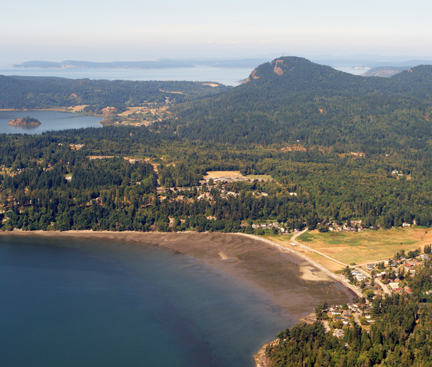

Similk Beach - Golf course to the right
The Oyster shack was in the center, beach side, along the road.
Our home in 1952 can be seen on the far side, far right of the golf course.
Early December: My recollection of a flaccid raft.- C. Beasley
This was just before my Father deployed to Iwakuni. We had just moved to a neighborhood we called Title VIII which was next to the base. He brought home a 2 man life raft and parachute. There was a wonderful small sand beach, called Similk Beach, near our home where we would go swimming. I would search out a large piece of drift wood to swim and float on. So, I was ecstatic about getting such a gift. My Father called me to our small front yard and threw down the raft and quickly proceeded to pull the lanyard, inflating it. I remember being upset that he hadn’t allowed me to inflate it myself at the beach. But as soon as the raft was fully inflated it began to deflate. I begged him to fix it! He looked at me and said; “Satch, you can’t fix that, it’s dry-rotted.” He allowed me to keep the parachute but I soon learned was also dry-rotted and tore easily. I always felt that these items were removed for safety reasons from the Neptunes that had last served with VP-22 the year before then transfered to VP-2 for their Iwakuni deployment.
NOTE: In the 3 Cape Cod Navy Aircraft Accident Report the survival suits (Poopy Suits) worn by the two recovered crewmen were reported “ripped and easily torn”. Dry-rot may account for this.
26 Dec 1953: VP-2 Squadron departs NAS Whidbey for 6 months deployment to Iwakuni, Japan. Stops at NAS Alameda CA, NAS Barbers Point HI, NAS Kwajalein Island, NAS Agana Guam arriving destination Iwakuni, Japan. A total of 7,620 nm or about 45 hours at 170 Knots.
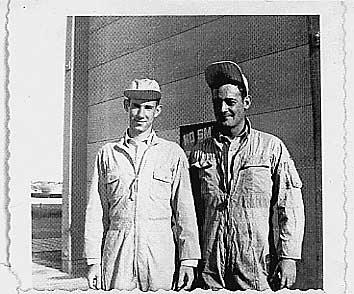
Photo from Bruce Burger collection
3 Cape Cod's Radiomen
Left Bruce Burger #2 Radio
Right Rex Claussen #1 Radio
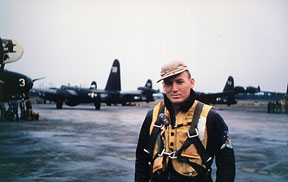
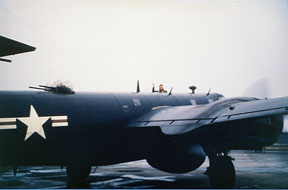
26 Dec 1953 VP-2 Squadron departing Whidbey for Iwakuni
3 Cape Cod BuNo 127752
Navigator Ensign Burt Mulford-Waving from astrodome
Died 6 Jan 1954 of exposure awaiting rescue
August thru Dec 1953: OPERATION BIG SWITCH
3,597 American POWs repatriated from North Korea and China
In the year 2010, America would learn as many as 8000 Americans were left abandoned.
https://en.wikipedia.org/wiki/Operation_Big_Switch
Dec 1953: First issue of playboy Magazine published Dec 1953 featuring Marilyn Monroe
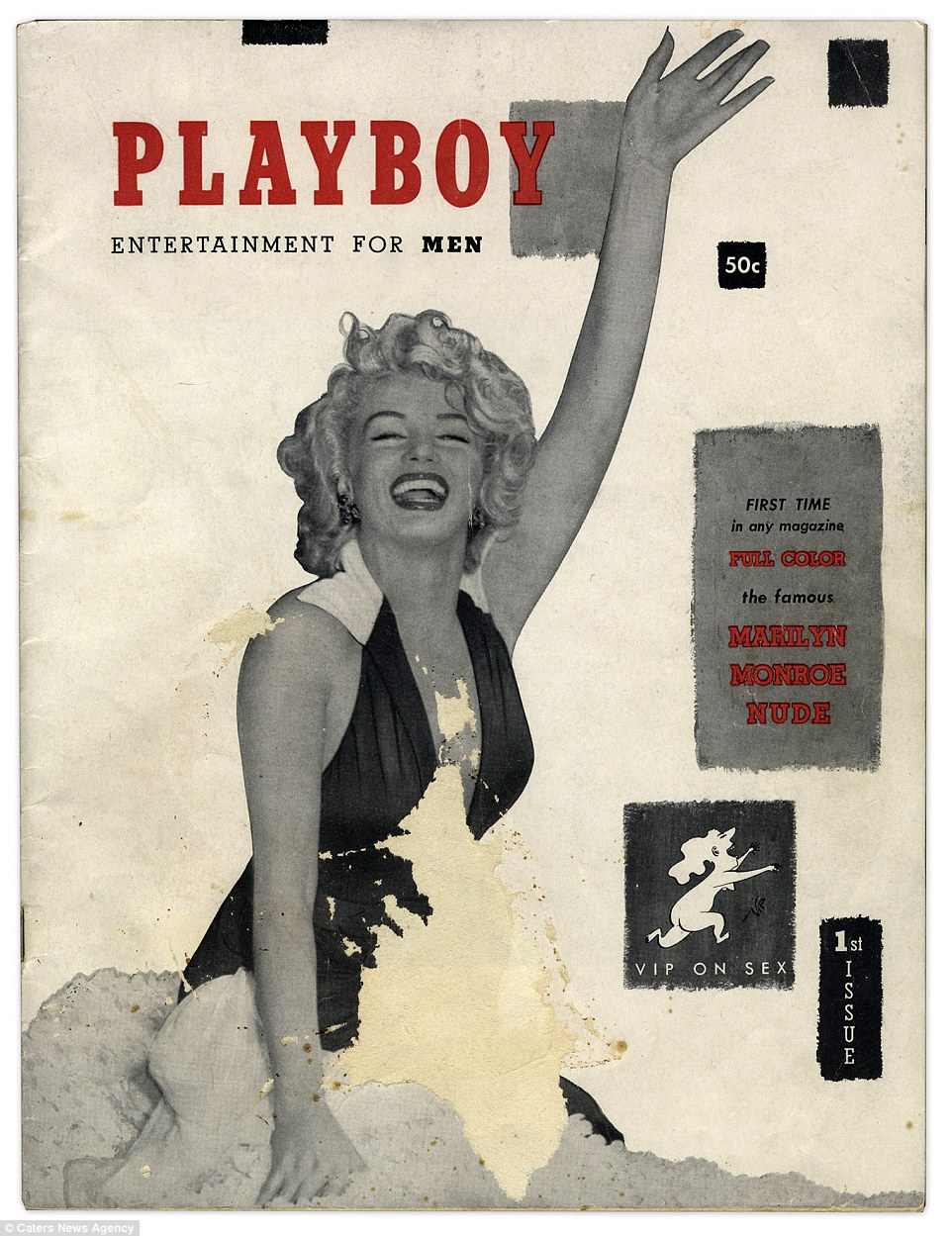

30 Dec 1953: In the United States the first color television sets go on sale, for around $1,175.
31 Dec 1953: VP-2 Squadron’s Neptunes arrive Iwakuni, Japan not equipped with VHF radio required by Directive.
DIRECTIVE: Ref: (a) COMAIRPAC ltr ser 70/26344 of 30 November 1953
By reference (a), it is directed that all patrol aircraft deployed to foreign operating areas be equipped with AN/ARC-1 VHF equipment as a dual installation with UHF.
Dispatching a Neptune without the required VHF rendered it not combat ready for the Yellow Sea Combat Zone. The failure to comply with the 30 Nov 1953 Directive cost the lives of 10 squadron members and the life of a Marine pilot plus 2 valuable government aircraft destroyed.
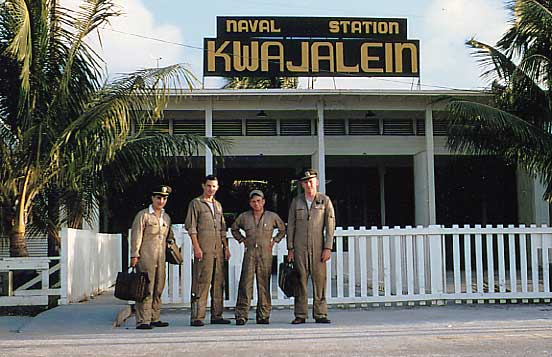
28 December Kwajalein Stop
Preceding Guam
All but 2nd from left KIA 4 Jan 1954
LTJG Roy Meyers PPC (Taking Photo)

28 December Kwajalein Stop
5 Cape Cod BuNo 127745 & Crew
Kwajalein Preceding Guam
LTJG Roy Meyers PPC (Taking Photo)
4 Jan 1954 to 10 July, 1954: VP-2 Squadron relieved VP-7 Squadron for a six-month deployment at Iwakuni, Japan-operating in support of the UN effort in Korea. During the deployment VP-2 Squadron provided ECM and Shipping surveillance of the Yellow Sea, Tshushima Straights area and ASP flights in support of Task Force 77. The following flights flown- ECM=63, Primary shipping surveillance =51, Tshushima Straights patrols=52 and Task Force 77 ASP = 75. A total of 2021 hours logged on operational flights.
(Click on image to enlarge)
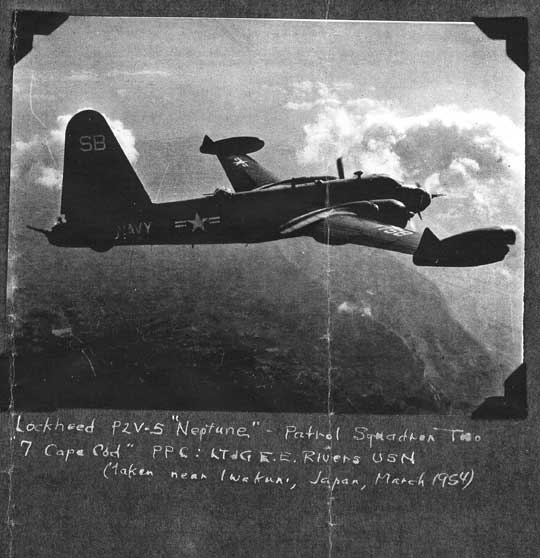
March 1954- 7 Cape Cod LTJG Ernie Rivers PPC Photo taken near Iwakuni
Comment: I was in VP-2 1952-1955. I was duty driver Jan, 4 1954 when we lost our first patrol. I knew most of the crew. I had flown with that crew some stateside. --- James Burlison
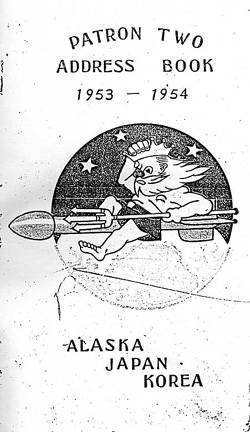
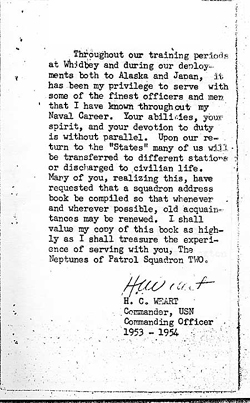
Patron Two Address Book
1953-1954
Alaska - Japan - Korea

4 Jan 1954: VP-2 Squadron’s Neptune Call Sign 3 Cape Cod BuNo 127752 Lt Jesse Beasley PPC “reported missing” on Squadron’s first night "Combat Reconnaissance" mission of their Iwakuni deployment. The mission conducted over the Yellow Sea reported hourly weather but was also engaged in espionage for the Navy’s participation in PROJECT SHAMROCK II which monitored cable traffic between government embassies.
This is the only aircraft in VP-2 Squadron’s history (1947-1969) lost on a "Combat Reconnaissance" mission in a "Combat Zone."
UPDATE! In 2005, The American Battle Monuments Commission changed “Declared Missing” to
“Declared Missing in Action”.
Each crew member posted eligible to receive:
COMBAT ACTION RIBBON
PURPLE HEART
KOREAN PRESIDENTIAL CITATION
KOREAN SERVICE MEDAL
KOREAN WAR SERVICE MEDAL
Eligible to receive the “COLD WAR CERTIFICATE”
Families eligible to receive the NAVY GOLD STAR PIN
UPDATE! February 2017 Informed by DPAA that 3 Cape Cod’s crew no longer listed as “MISSING IN ACTION” but “ACCOUNTED FOR”- no other information or details provided for their disappearance to the families of those KIA.
Placed on HONOR ROLL --- KOREAN WAR FALLEN (KIA)
LT Jesse Beasley
LT Frederick Trayner Prael
ENS Stanly Burt Mulford
ENS Paul Domick Morelli
ADC Robert George Archbold
AD2 James Frank Hand
AL2 Rex Allen Claussen
AL2 B. David Burger
AT3 Loyd B. Rensink
AQ3 Gordon Spickelmier
The Yellow Sea Patrol Area
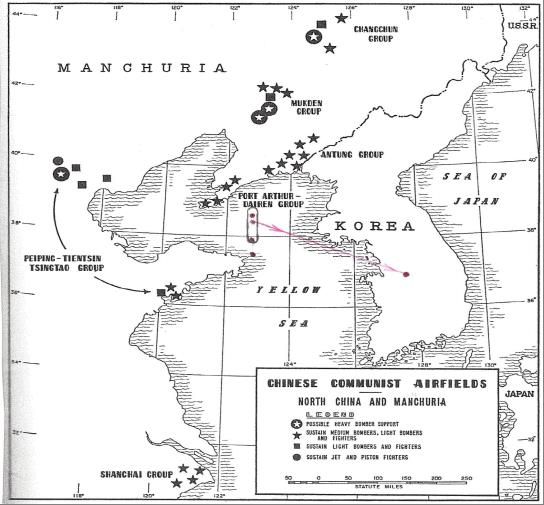
Yellow Sea Communist radar network included 25 early-warning and 11 ground-control intercept stations.
Late in 1952 the Reds established a new model ground control intercept radar, evidently of the latest Soviet type, which was as good as any set possessed by the United Nations Command. Employing Mig 15 fighters by day and a miscellany of jet and piston day fighters by night, the communist air forces began to integrate ground-control interception techniques into their air defense after 1952. Either by day or by night the ground control intercept radar could position Red fighters within two to five miles of United Nations planes out to a distance of
70 miles. U.S.A.F. In Korea Robert F. Futrell

4 Jan 1954: Music history was made in Memphis, TN when Elvis Presley walks into a recording studio for the first time and records “THAT’S WHEN YOUR HEARTACHES BEGIN” and “MY HAPPINESS”.

7 Jan 1954: TONY BURT SR. Royal Air Force: In my old age I am compiling a history of the RAF Sunderland squadrons in the Far East after WWII. We were based largely at Singapore but operated from Iwakuni, Japan, during the Korean War. This entry from my diary of 7 January 1954 may be of interest to VP2 veterans.
"This morning we took `Xray' and got airborne for the second time this year. The trip was bitterly cold and was a fairly long fox. Off the SW corner of Korea we saw the task force element and a PBM and P2V searching for the missing P2V of VP2 which has only been operating from Iwakuni for a week or so having recently arrived from the States. Later we heard that two bodies had been picked up."
Note: This RAF Sunderland Seaplane Squadron relieved VP-50 Seaplane Squadron and served along side VP-2 Squadron at Iwakuni, Japan
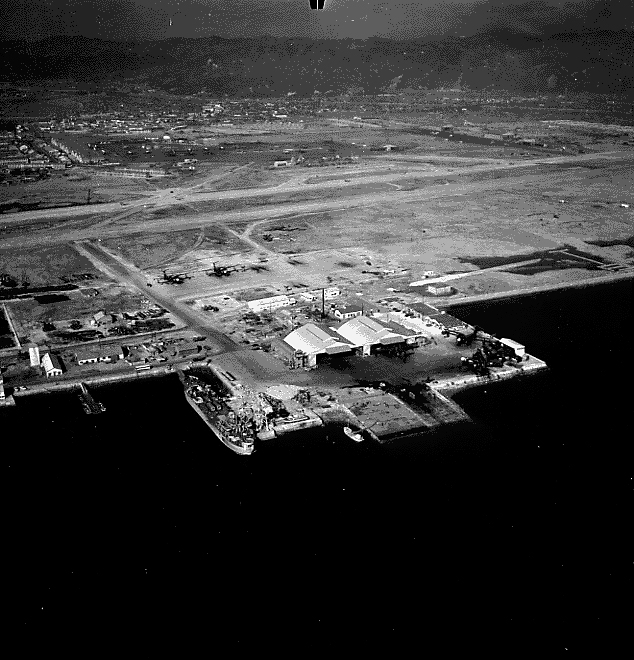
Marine Corps Air Station Iwakuni Circa 1955
Runway upper center-Seaplane base lower center

The long nose P2V-6, BuNo 127765 replaced 3 Cape Cod at MCAS, Iwakuni, Japan.
Jan 1954: After the loss of 3 Cape Cod BuNo.127752 (Lt Jesse Beasley PPC) on 4 Jan 1954, the US Navy implements new procedures that unquestionably have resulted in the saving of lives of other naval aviators and crews who found themselves in similar situations.
13 Jan 1954: The new MPS-7 radar was installed in South Korea’s air defense after 3 Cape Cod’s loss. This new radar enabled controllers to determine the altitude as well as the range of their target aircraft. Before the MPS-7 was available it was necessary to dispatch a jet fighter to search high altitudes and a piston engine fighter to search the lower altitudes to locate and visually determine the altitude of radar targets.
|
During the first year in Korea FEAF (Far East Air Force) had authorized the use of Mark III identification friend or foe airborne radar Beacons for the identification of friendly aircraft over Korea. Many sets of this equipment had been provided to the Russians during World War II, and on 3 May 1951 FEAF ruled that a plane showing Mark III IFF, could not be assumed to be friendly. Thereafter the tactical air-direction centers were expected to identify aircraft by air-traffic control, position reports, flight plans, movement control, or voice authorization. U.S. Air Force in Korea page 426 |

RUSSIAN SHOOTDOWN
22 June 1955
Entire VP-9 Squadron crew escapes as Neptune self- destructs.
Four crewmen injured in the attack. The remainder suffered burns.
One crewman's ears were burned off.
One crewman's nose was burned off.
22 Jan 1954: IN RETALIATION ! - A mission flown by a 91st US Air Force RB-45 Tornado over the Yellow Sea with an escort of sixteen F-86 Saber’s was attacked by eight MiG-15 Fagots. One Mig was shot down by USAF pilot Bertram Beecroft.
This mission appears to have had no other purpose than an “overflight” that “could be deemed intentional and unfriendly” in retaliation for the enemy attack of VP-2 Squadron’s Neptune BuNo. 127752 two weeks earlier.

RB-45 Tornado
23 Feb 1954: AIR WING SIX Reports all VP-2 Squadron Neptunes now have AN/ARN6 VHF Radios which were installed locally to comply with COMAIRPAC ltr ser 70/26344 of 30 November 1953 Directive requiring: All aircraft deploying to foreign operating areas be equipped with VHF equipment as a dual instillation with UHF.
1954-No Date Provided: A Neptune from VP-2 Squadron (Lt. Lawrence A. Comstock PPC) was attacked by two Chinese Migs while on patrol near Shanghai, China. The Neptune was operating below the Air Force radar horizon and was not warned of the fighter’s approach. The crew first realized they were under attack when they saw the green fire of the cannon shell passing over their wings from behind. The 2 Migs missed on their first pass but when they came around the second time, the P2V gunners opened up on them. The Chinese seemed unafraid of the top deck .50s but when they realized they were being fired on by the tail 20 mms, they broke off and fled. No apparent damage to either aircraft resulting from the encounter.
1954-No Date Provided: A Neptune from VP-2 Squadron (LCDR Coleman W. Sims PPC) on an ELINT/ferret patrol mapping out China’s air-defence networks discovers a new Chinese radar site located near Shanghai, China.
9 April 1954: A Neptune from VP-2 Squadron(LCDR Coleman W. Sims PPC) was attacked by Mig 15 while proceeding on the same Yellow Sea patrol track previously flown by VP-2 Squadron Neptune BuNo. 127752 (Lt. Jesse Beasley PPC) which on the night of 4 Jan 1954, two months earlier, disappeared after “reportedly” suffering dual engine failure and forced to ditch into the Yellow Sea.
In the hostile encounter of 9 Apri 1954, the Neptune was warned of the approaching aircraft by Air Force radar permanently stationed off the coast of North Korea on Paengnyong-do island. LCDR Sims engaged the attacking MiG-15 which made 3 firing passes before breaking off with no apparent damage observed to either aircraft.
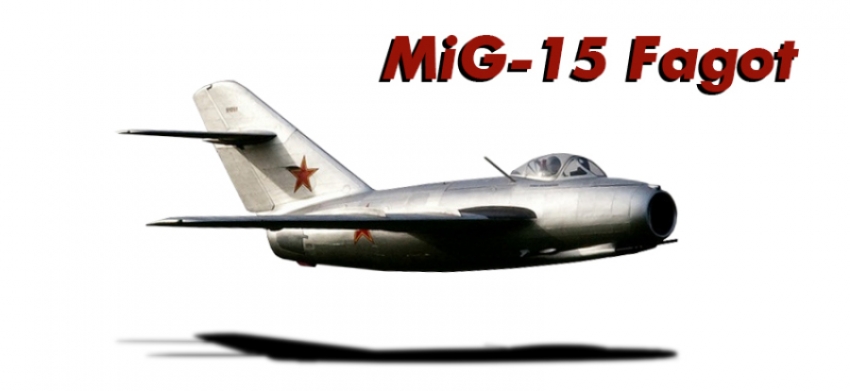
20 April 1954: Inchon, Korea----Army teams sailed from Inchon harbor today on a 31/2-month search of 200 islands in the Yellow Sea off western Korea for remains of United Nations men killed during the Korean War.
Graves registration teams will search all islands in a 900-square mile area under U.N. Command control between the 37th and 38th parallels.
6 May 1954: CIA pilots James McGovern Jr. and co-pilot Wallace Buford were shot down 6 May while resupplying the French at Dien Bien Phu. The Dien Bien Phu battle which began 12 March 1954 was ended 7 May 1954 with defeat of the French in Vietnam. McGovern and Buford were the only Americans to die in combat in the First Indochina War. McGovern's chard skeletal remains were discovered in northern Laos in 2002. He was interred in Arlington National Cemetary on May 24, 2007. Co-pilot Wallace Buford’s remains were not recovered.
NOTE: A History Channel documentary showing the crash captured on film by a LIFE Magazine reporter following the stricken plane in another aircraft, shows the C-119 exploding immediately into flame and smoke on touch down. The exact location was known but no attempts at recovering remains for all most 50 years. The documentary has not appeared in many years.
https://en.wikipedia.org/wiki/James_B._McGovern_Jr
https://www.cia.gov/news-information/featured-story-archive/earthquake-mcgoons-final-flight.html
https://en.wikipedia.org/wiki/Battle_of_Dien_Bien_Phu
1 June 1954: Less than a year after the Korean Armistice, President Eisenhower embarked the U.S. on it’s 21-year effort to create in South Vietnam a barrier to Communist expansion in Southeast Asia. The initial CIA team in Saigon was the Saigon Military Mission, headed by Air Force Colonel Edward Lansdale, who arrived on 1 June 1954,
General Joseph Lawton Collins
From 1953–1954, Collins was representative of the United States to the Military Committee and the Standing Group of NATO.
1954–1955 he was special representative of the United States in Vietnam with ambassadorial rank, and returned to his NATO assignment.
10 July 1954: VP-2 Squadron completes it's 6 month deployment to Iwakuni, Japan and returns to NAS Whidbey.
![]()
16 Sep 2006: The Whidbey Patrol Squadron Memorial
Sponsored by the Patrol Squadron Two Association
MEMORIAL DEDICATED
September 2006
Veterans Memorial Park- Oak Harbor, Washington
THIS MEMORIAL IS DEDICATED TO ALL UNITED STATES NAVY PERSONNEL WHO SERVED IN NAVY PATROL SQUADRONS BASED AT NAS WHIDBEY ISLAND, AND TO THE MANY WHIDBEY AIRMEN WHO LOST THEIR LIVES IN VP OPERATIONS.
WE HONOR THEM ALL.

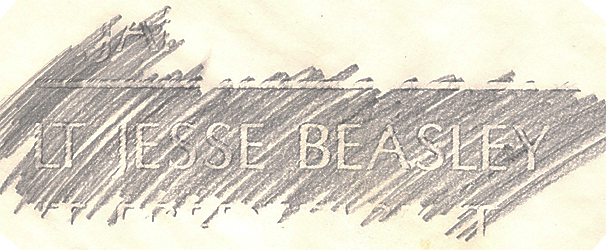
THE END?
SECRET CIA files of P2V Neptune operations will remain closed
until
the year 2022 when they are expected to be released to the public.
![]()
